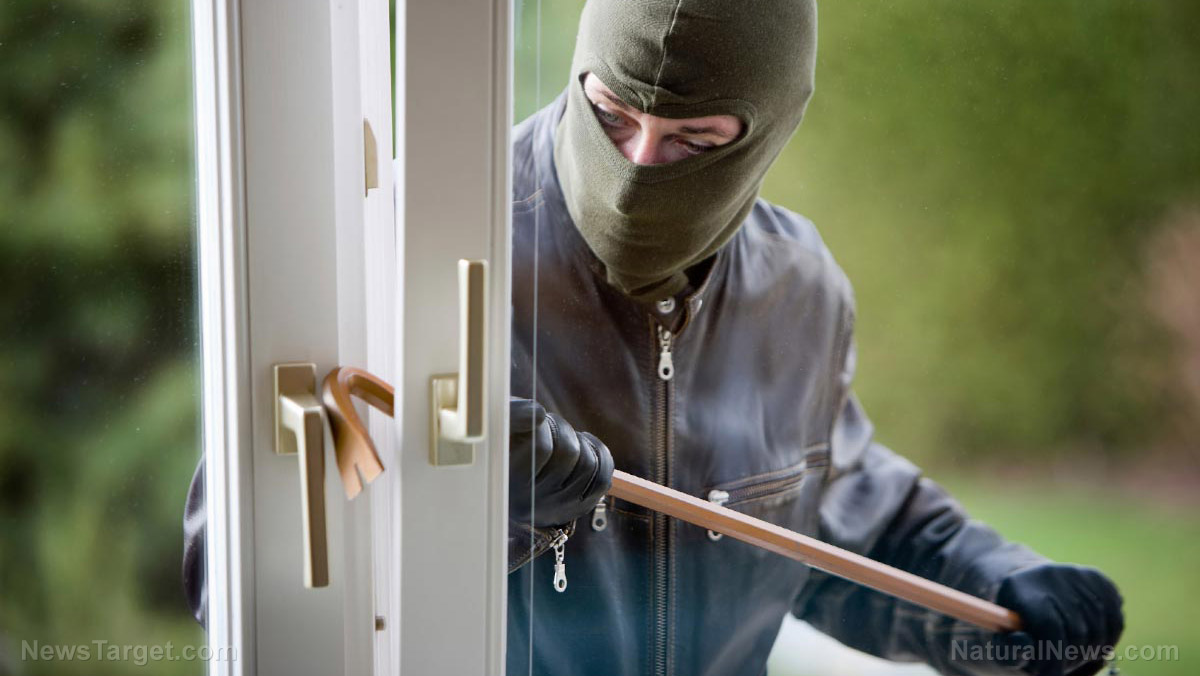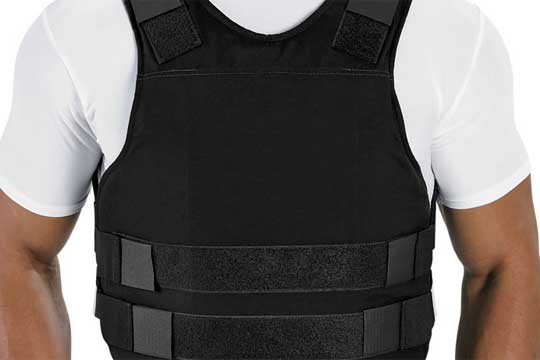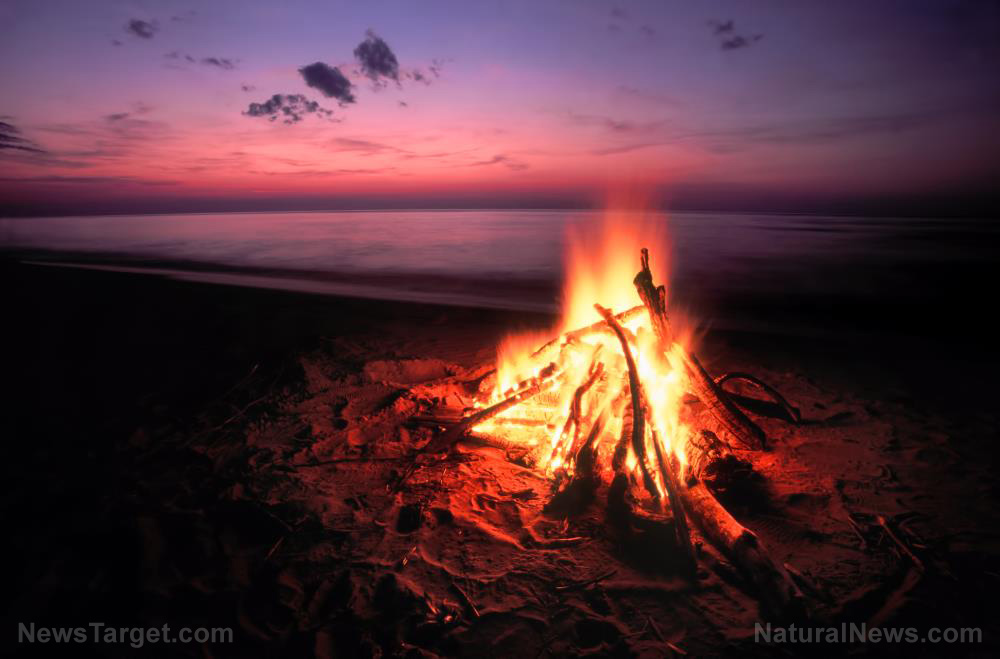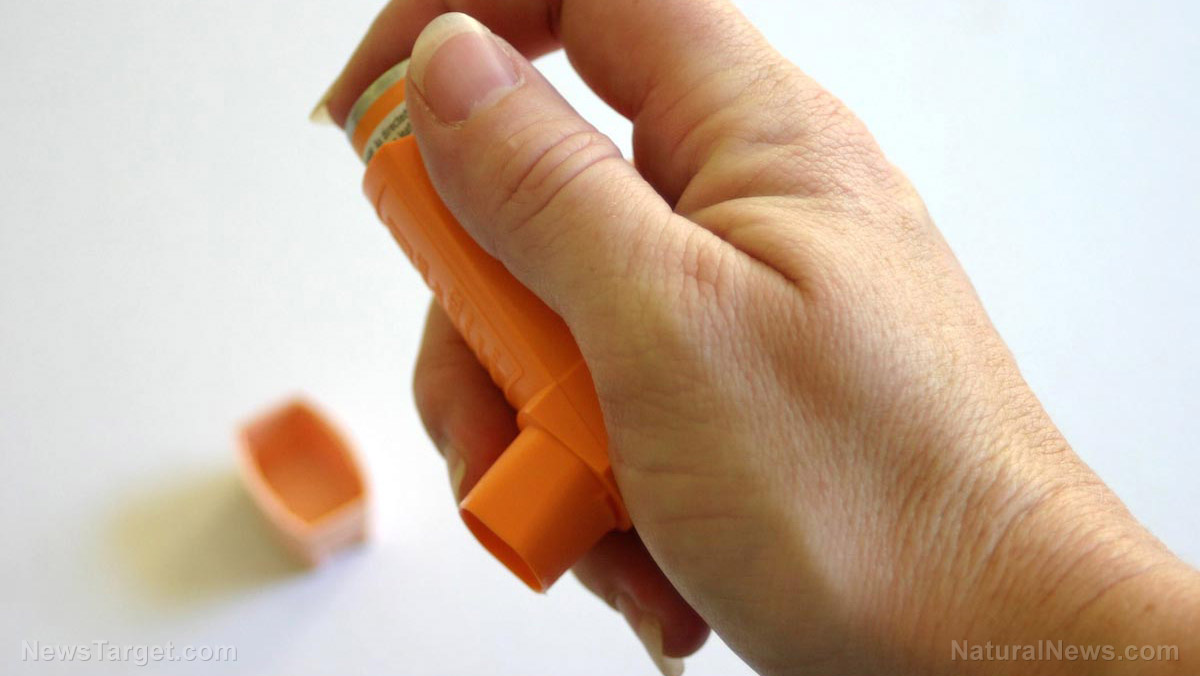Firestarting tips for when it’s cold and damp
02/04/2021 / By Zoey Sky

It’s important for preppers to learn survival skills before SHTF. This includes firestarting, a skill you can use to stay warm, purify water and cook your food if you’re camping or bugging out in the wild. (h/t to PaulKirtley.co.uk)
But what’s a prepper to do when the weather is cold, and it’s too damp to quickly start a fire?
Firestarting basics
Some firestarting tools to help you get started include the following.
- Flint and steel
- Fire plow
- Hand drill
- Bow drill
- Pump fire drill
- Fire piston
These take a bit of practice to master, but learning how to use them ensures an alternative if you lose your lighter or matches when SHTF. You can practice lighting a fire with damp or wet matches to see how well you’ll do when you’re under pressure – like when it’s raining at your campsite.
When choosing fuel, look for dead standing wood. Once you’re setting your fire, create a platform of dead, dry wood to help raise your initial fire from the cold, damp ground. Next, add fuel into the heart of the fire and let good oxygen flow into the base of the flames.
If the weather is cold, gather at least a bundle of kindling. Find long sticks long that can be used to form an open V-shaped lay of kindling that will let you easily manipulate the first flames.
If you’re starting a fire while it’s raining, shelter the initial stages of the fire with a tarp, a rucksack liner, plastic bag or your jacket. If you only have vertical deadwood that’s a little wet, remove the wet bark and damp wood with your knife.
Use good quality kindling
Firestarting can be divided into two broad stages: Creating a flame and taking the flame to fire.
In the second stage, you need the right kind of kindling because it’s key to having a robust fire. To find quality kindling, search above the ground. Look for dead twigs still attached to the tree and detached dead twigs up between other twigs and branches.
Trees like birches, medium-sized beech trees and many needled species of trees (e.g., hemlock and spruce) often yield quality kindling. Good kindling emits a clean snap or click once you break them off.
Building fires when it’s cold and damp
Ideally, it should be easier to build a fire if you have tools like a lighter, matches, a ferro rod or even a basic bow drill. However, things can get a little complicated when it’s cold and damp. (Related: Do you have these essential items in your survival fire starter kit?)
To quickly start a fire in cold weather, avoid exposed windy places. Head somewhere downhill or move to an area that’s less exposed to the wind.
If you’re stuck in a damp area, build a double platform under your fire lay.
- Scrape away wet leaves.
- Place down a hearth using dead, standing sticks of about thumb thickness or split from dead, standing wood of larger diameter like you would use when using feathersticks.
- Gather a second set of sticks, then lay them at right angles to the first to create a double platform. This raises the initial tinder and kindling away from the wet ground and helps reduce the effects of moisture evaporating up into the initial stages of your fire. Additionally, the platform provides more dry fuel into the heart of your fire as it starts burning.
- Build a tarp directly over your fire site before you light the fire so you don’t melt the tarp. This protects the fire from rain or snow. Having a tarp over a fire also produces a convection current that allows some of the warm air, after hitting the inside of the tarp, to push back down towards you to help you stay warm.
Starting fires when it’s snowing
It’s not impossible to start a fire when it’s snowing, but you must choose from two options: Either light a fire directly on top of the snow or clear the snow away, then have your fire directly on the ground.
Lighting a fire directly on top of the snow
This method will quickly start to melt the snow underneath, but the fire will then sink downwards into the snow. This option is best if you’re not planning to use the fire for a long time, if the snow is shallow, or if you don’t want to waste energy shifting snow.
To extend the time before a fire sinks, build a larger platform underneath it. This also protects the snow from the heat radiating from the bottom of the fire.
Lighting a fire directly on the ground
Use this method if you’re staying in a snowy area longer. First, clear the snow from the ground, then set your fire. Don’t just dig a hole for the fire because you won’t get much warming benefit from it.
Build a decent platform of dry wood for the fire, like the double platform detailed previously.
Your survival in cold, damp weather depends on your ability to build a steady fire. Before SHTF, prepare a complete firestarting kit and keep it in your survival gear and practice how to build a fire in less than ideal conditions, so you’re ready to start one even if it’s raining or snowing.
Sources include:
Tagged Under: emergency preparedness, firestarter kits, firestarting, Gear, lighters, matches, off grid, prepping, prepping tips, SHTF, survival, survival gear, Survival Tips, survival tools, wilderness, wilderness survival
RECENT NEWS & ARTICLES
COPYRIGHT © 2017 OFFGRID NEWS




















